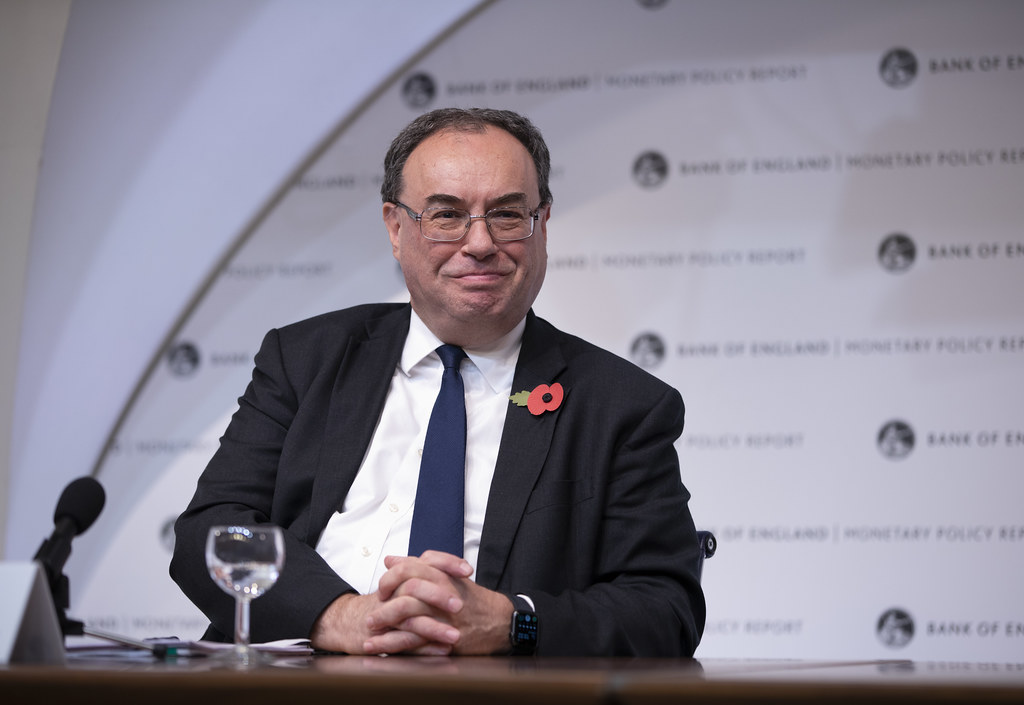
The Bank of England is ready to implement more substantial interest rate cuts if the job market demonstrates a significant deceleration, according to its governor, Andrew Bailey. In a recent interview, Bailey expressed confidence in a “downward” trajectory for interest rates.
Current interest rates stand at 4.25%. The Bank’s Monetary Policy Committee is set to review these rates at its upcoming meeting on August 7, where many economists anticipate a rate reduction. These decisions directly influence mortgage, credit card, and savings rates for millions across the country.
While reiterating the Bank’s commitment to a “gradual and careful” approach to rate adjustments, Bailey acknowledged that a more rapid weakening of the job market could lead to a different conclusion. He explained that the UK economy is currently operating below its potential, creating “slack” that would help bring down inflation. “Slack” refers to underutilized resources within an economy, such as idle factories or individuals seeking employment.
Signs of Labor Market Cooling
There are consistent indicators that businesses are “adjusting employment and hours” and offering smaller pay increases. This trend follows UK Chancellor Rachel Reeves’ decision to raise employers’ National Insurance contributions (NICs) from 13.8% to 15% in April this year, a measure estimated to generate £25 billion annually.
The number of job vacancies in the UK fell to 736,000 in the three months to May, marking its lowest level since 2021. A survey from auditor KPMG and the Recruitment and Employment Confederation trade body also revealed the fastest increase in people available for work since the pandemic.
Ian McAllister, chief executive of MAN Commercial Protection, noted that the employer NIC increase has made hiring “challenging,” expressing concern about a potential recession and viewing a rate cut as a “benefit to all.”
Louise Dudley, a portfolio manager at Federated Hermes, interpreted Bailey’s comments as a strong signal that a rate cut is likely “sooner rather than later.”
Economic Context for Rate Decisions
The Bank of England maintained interest rates at its last meeting in June, following two cuts earlier in the year. During that meeting, Governor Bailey had also indicated a “gradual downward path” for interest rates.
Recent economic data further underscores the need for careful consideration: The UK economy contracted by 0.1% in May, following a contraction in April, according to the Office for National Statistics (ONS). This unexpected dip was primarily driven by a decline in manufacturing, coupled with “very weak” retail sales.
Author’s Opinion
The Bank of England’s willingness to consider larger rate cuts, especially in response to a softening job market, reflects a pragmatic shift in its monetary policy. Given the dual pressures of inflation and a slowing economy, a more agile approach to interest rates is essential. This flexibility could help mitigate the risk of a deeper recession and provide much-needed relief to businesses and households. It suggests a recognition that the economic landscape is dynamic, and policy must adapt quickly to support growth while still managing inflation.
Featured image credit: Bank of England via Flickr
For more stories like it, click the +Follow button at the top of this page to follow us.
